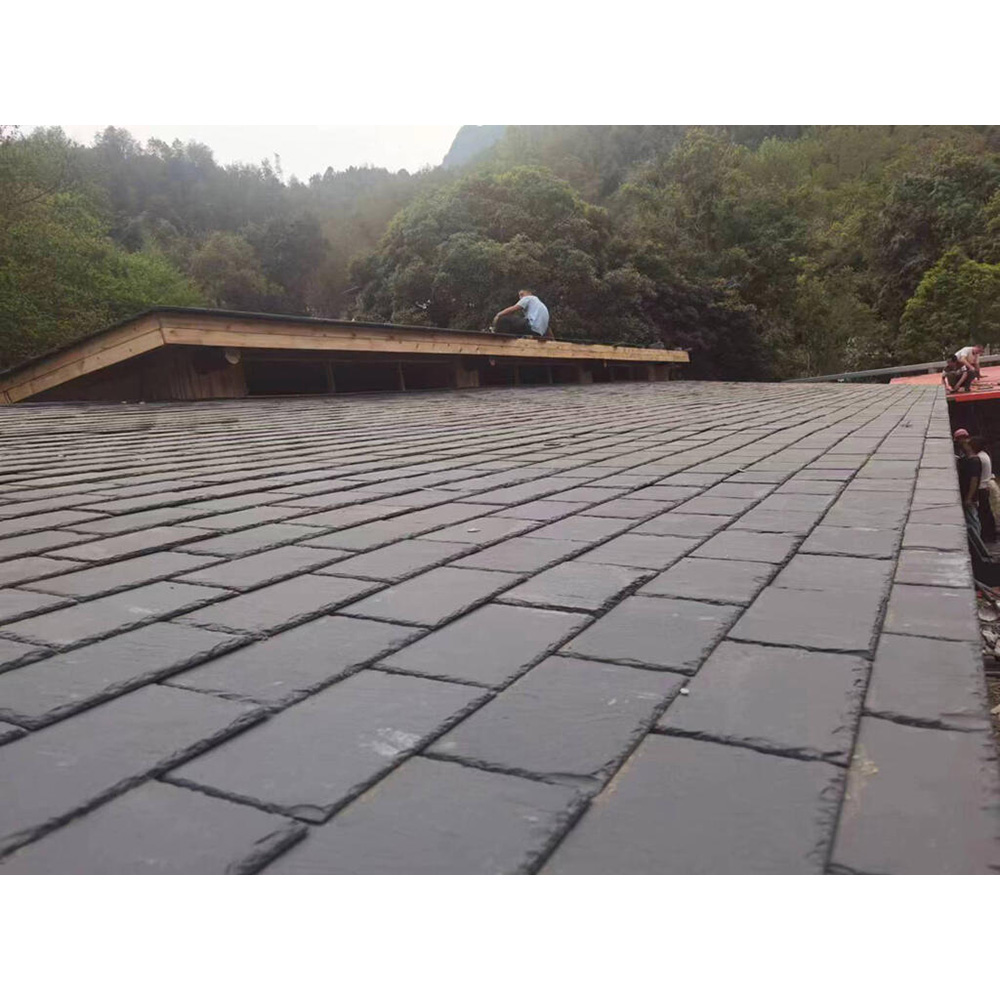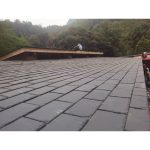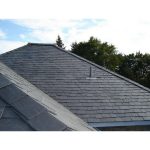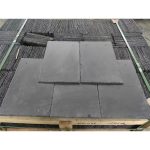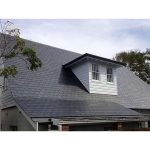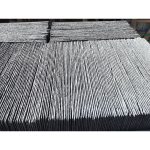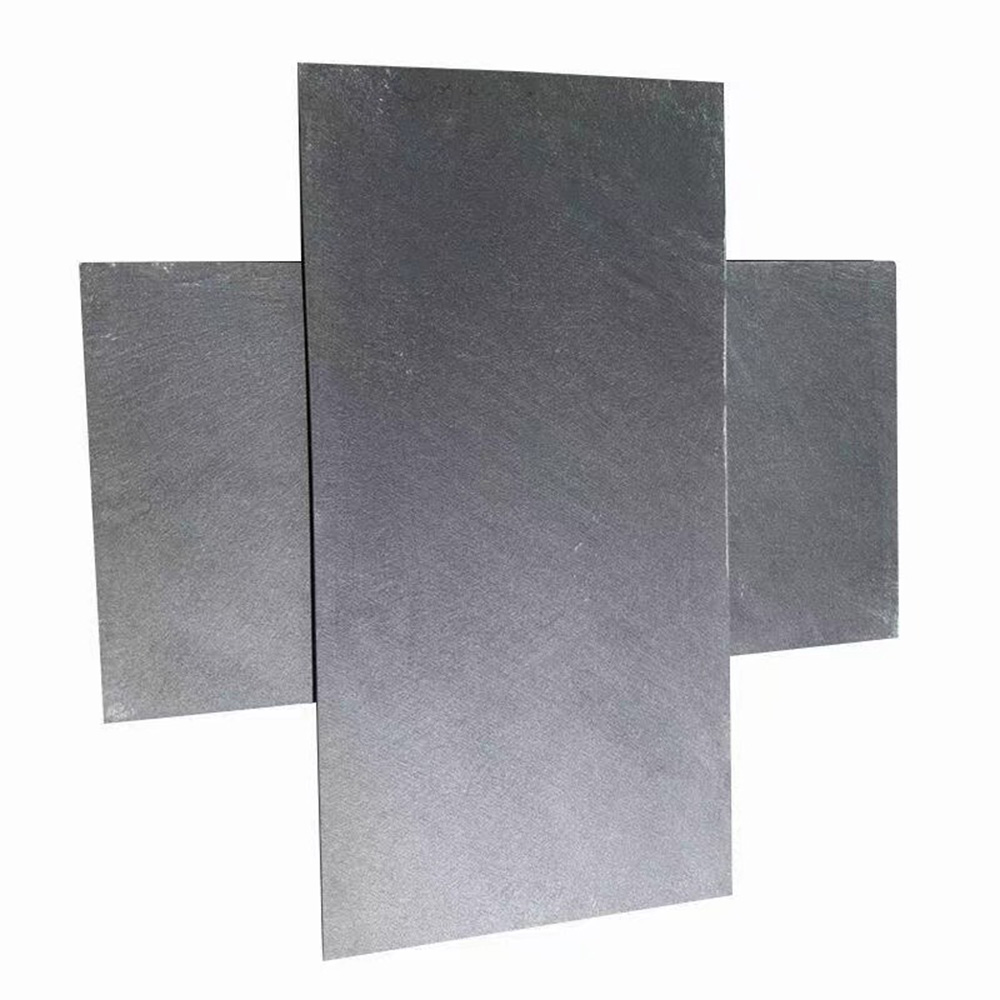» Slate Stone Roof Tile
Slate roofs are renowned for their exceptional longevity and durability. According to various sources, a well-installed and properly maintained slate roof can last between 75 to 150 years. Some historical buildings even have functional slate roofs that have lasted for over 200 years. This makes slate one of the longest-lasting roofing materials available.
The durability of slate roofs is attributed to the natural strength of the material, which is highly resistant to weather conditions, fire, and pests. Additionally, slate’s natural insulation properties can help reduce energy costs by keeping interiors cooler in summer and warmer in winter.
However, it is important to note that the lifespan of a slate roof can be influenced by several factors, including the quality of the slate, the installation process, and regular maintenance. Proper installation by experienced professionals and periodic inspections can help ensure that a slate roof reaches its full potential lifespan.
In summary, slate roofs offer unmatched longevity and durability, making them a worthwhile investment for long-term protection and aesthetic appeal.
Maintenance Tips for Slate Roofs
Proper maintenance is essential to ensure the longevity and durability of your slate roof. Here are some key tips to help you maintain your slate roof effectively:
1. Regular Inspections
-
Frequency: Conduct thorough inspections at least twice a year, preferably in the spring and fall. Additionally, inspect your roof after severe weather events such as heavy storms or strong winds.
-
What to Look For: Check for cracks, broken or missing slate tiles, and signs of wear and tear. Pay special attention to the flashings around chimneys, valleys, and vents for any signs of damage or leakage.
2. Keep the Roof Clean
-
Cleaning Method: Gently remove dirt, dust, and debris from the slate tiles using a soft brush. Avoid using harsh cleaning agents or pressure washers, as these can cause long-term damage to the slate.
-
Gutter Maintenance: Ensure that gutters are clear of debris to prevent water from backing up onto the roof, which can lead to damage.
3. Perform Necessary Repairs
-
Repair Techniques: For minor repairs, use metal bibs or special slate hooks to secure dislocated or damaged slates. However, for more complicated repairs, it is best to consult a professional.
-
Prompt Action: Address any damage immediately to prevent water infiltration and further issues. Delaying repairs can lead to more extensive and costly repairs down the line.
4. Maintain Flashings and Chimneys
-
Flashings: Check and maintain flashings around chimneys, vents, and other roof penetrations to prevent leaks. Ensure that the flashings are properly installed and free from corrosion.
-
Chimney Care: Regularly sweep and clean your chimney to keep it free from debris. Inspect the chimney cap or flue covers for any signs of damage.
5. Protect Against Weather
-
Weather Protection: If you live in an area with harsh weather conditions, take extra precautions to protect your slate roof. Remove any accumulated debris after severe weather events and inspect the roof for any damage.
6. Safety Precautions
-
Safety Gear: When working on the roof, always wear non-slip shoes and use a sturdy ladder. Attach yourself to a harness or guardrails for added safety.
-
Professional Help: For complex repairs or if you are unsure about the condition of your roof, it is best to hire a professional
Leave Your Message
Write your message here and send it to us





